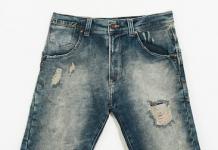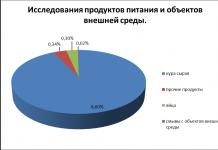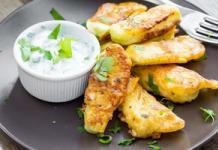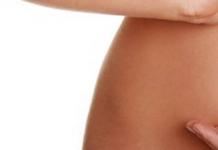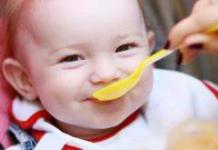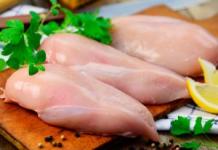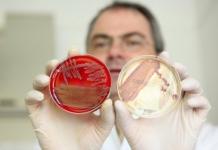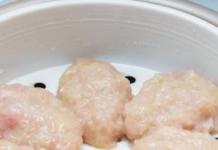Bordeaux liquid was invented at the end of the 19th century and is very popular in the fight against various kinds of pests and diseases in all areas of gardening for more than a century.
The use of Bordeaux liquid in horticulture helps in the treatment of perforation, molinosis and other diseases in stone fruit crops. It is an excellent prophylactic agent.
Bordeaux liquid of apple, quince, pear will relieve rot, scab, cancer and similar infections. For cherries, plums and apricots, this very remedy will also be salvation. It should be noted that these tree species are very sensitive, and an overdose of a product that contains copper will lead to the decay of the fruit.
How to use Bordeaux liquid?
Instructions for the use of boudros liquid in the garden are accessible and understandable even for a novice gardener.
It consists of two components:
- copper sulfate (scientifically called copper sulfate);
- quicklime.
 It will not be difficult to cook it yourself. In addition to the named substances, it is necessary to have two buckets with a volume of 5 and 10 liters. The best options are plastic dishes, enameled or glass. This will eliminate a possible chemical reaction. It is not recommended to take an iron, zinc or aluminum bucket - in combination with copper, an undesirable reverse process will occur.
It will not be difficult to cook it yourself. In addition to the named substances, it is necessary to have two buckets with a volume of 5 and 10 liters. The best options are plastic dishes, enameled or glass. This will eliminate a possible chemical reaction. It is not recommended to take an iron, zinc or aluminum bucket - in combination with copper, an undesirable reverse process will occur.
First, we prepare a lime solution in a ten-liter container:
- Powder (the amount of grams depends on the concentration), pour hot water to extinguish lime (there should be a mushy mass);
- After receiving the mixture, add here cold water(5 liters).
In the second container, we dilute the copper sulfate:
- One hundred grams of powder is poured with the same amount of water as lime;
- It is mixed and poured into the liquid of lime in a thin stream.
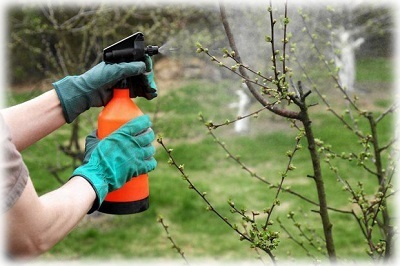 You need to pour vitriol into lime, but not vice versa. The concentration of the resulting mixture should be blue. It is checked for the amount of copper using litmus or any iron object.
You need to pour vitriol into lime, but not vice versa. The concentration of the resulting mixture should be blue. It is checked for the amount of copper using litmus or any iron object.
There should be no red plaque on them, if there is one, then a little lime should be added. Red bloom means high copper content, and this contributes to the "burning" of the leaves.
The mixture is stored for no more than a day, the sooner the trees are sprayed with it, the better the result will be. If it is necessary to preserve the substance for two or three days, add 10 g of sugar and mix everything.
The concentration of the solution depending on the purpose of processing
The percentage of the solution depends on the purpose of its processing:
- A 1% solution is applied during the growing season. The number of sprays is not more than four. For its preparation, 150 g of lime and 100 g of copper are taken per 10 liters.
- 3% solution helps before kidney appears. It is used once a season. For the same amount of water as for a one percent solution, 400 g of lime and 300 g of vitriol are taken.
The classic combination in the solution is the ratio of 1% copper (vitriol) and the same lime.
To obtain a high-quality liquid, the components for its preparation are taken fresh. Drugs that have been in use for several years may not give the desired effect.
Consumption for the use of ready-made Bordeaux liquid in horticulture is calculated depending on the footage of the site. Trees and large shrubs require 15 liters per 100 sq. m, small bushes for the same volume of land take three times less solution.
The use of a stronger concentration is allowed only before bud break. After that, the strongest dosage should not exceed 3%.
Bordeaux liquid is not able to penetrate into trees, therefore it is intended only for the treatment of fungal infections.
On the different varieties trees as a separate dosage of the solution. For example, apple and pear trees are sprayed with 1% Bordeaux liquid six times during the growing season. Fruit can be eaten two weeks after processing.
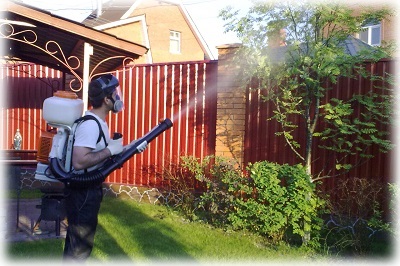 In early spring, treatment of plants with Bordeaux liquid will relieve pome crops from scab, peaches from curliness, stone fruit trees will cure coccomycosis and moniliosis.
In early spring, treatment of plants with Bordeaux liquid will relieve pome crops from scab, peaches from curliness, stone fruit trees will cure coccomycosis and moniliosis.
How to work with Bordeaux liquid?
Safety measures when using Bordeaux liquid:
- do not mix the substance with soap;
- interaction with other fungicidal preparations is prohibited;
- not used for flowering;
- not recommended for budding. Bordeaux liquid reduces engraftment;
- the last use is carried out at least 14 days before harvesting;
- it is better to keep animals away from the sprayed area for about 6 hours;
- dangerous to use in bad weather. In case of wind, rain or dew, the procedure should be postponed;
- processing is carried out with gloves, otherwise skin irritation is possible;
- the face must be protected with a respirator to avoid damage to the mucous membranes;
- carefully monitor the concentration of the solution: if it is oversaturated, then burns will remain on the leaves;
- after processing the fruit with liquid, it is not allowed to eat them for about two weeks - getting this chemical composition into the body can cause poisoning;
- before eating the fruit after processing it with Bordeaux liquid, rinse thoroughly with running water.
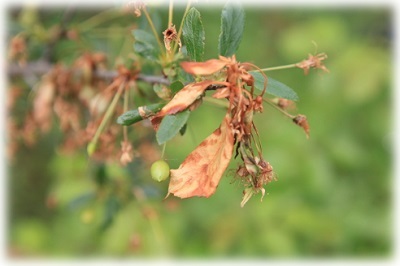 The use of Bordeaux liquid in gardening in the fall is carried out for the prevention of tree diseases. The most suitable option will become 3% composition. In this case, one should take into account the time harvest... If Bordeaux liquid is used for trees, then the last spraying should be 15 days, and for shrubs, three weeks before picking the fruit.
The use of Bordeaux liquid in gardening in the fall is carried out for the prevention of tree diseases. The most suitable option will become 3% composition. In this case, one should take into account the time harvest... If Bordeaux liquid is used for trees, then the last spraying should be 15 days, and for shrubs, three weeks before picking the fruit.
Bordeaux liquid is one of the most effective means in the fight against various garden misfortunes. Like any chemical, it has its pros and cons. If you follow all the rules for the use of Bordeaux liquid and safety precautions, then the substance will become an indispensable assistant for summer cottage, and gratitude for the hard work will be a rich harvest.
VIDEO: how to prepare Bordeaux liquid?
The expert shares information about correct preparation Bordeaux liquid on video:
In the article we will tell you how the garden is treated in the fall from diseases and pests and how to spray the trees in the fall. In addition, there will be thematic videos in which experienced gardeners share their secrets of getting a good harvest.
Fruit trees and bushes have many enemies; these are pests, diseases, rodents, and unfavorable climatic conditions. Processing fruit trees in autumn should take into account all these negative factors and prevent them.
In this regard, it is necessary to carry out a number of activities:
- spraying trees in autumn
- collection of fallen leaves and damaged fruits,
- digging up the soil,
- pruning trees (can be done in spring).
Before describing pest and disease control measures, we remind you that the treatment of trees in the fall from pests should be carried out in dry and calm weather. The gardener must have protective equipment (respirator, gloves, goggles, protective vision).
The best time for processing is the harvest, the leaves have fallen, but there is still no frost.
Spraying trees with urea
photo spraying trees
Some gardeners spray trees with urea (urea) at a concentration of 5% (500 grams per 10 liters of water) and argue that such treatment of trees for the winter should include not only the branches and trunk, but the soil around them.
Just remember that such an autumn spraying of the garden should be carried out after harvesting, but long before the onset of frost, at least 30 days. Otherwise, the plant may not survive the frost well.
If you do not want to take out the fallen leaves from the garden, then spray them with urea as well. This substance destroys eggs and pupae of pests of fruit trees and bushes.
Bordeaux liquid
Autumn processing of fruit trees can be carried out with the help. A 1% solution is suitable for this, and it is effective against diseases such as rot on fruits, scab, powdery mildew.
inkstone
The treatment of garden trees in autumn with iron sulfate is indicated especially for old trees that are covered with moss, in which tree pests like to hide. Just keep in mind that iron sulfate is not given lime.
In addition to the protective function, iron trees need (in reasonable doses), such treatment has a positive effect on the future stone fruit yield.
Some summer residents, in order to increase the effectiveness of ferrous sulfate, add insecticides to it, which destroy the rudiments of diseases and fight pests.
Copper sulfate
Spraying the garden in autumn with copper sulfate - good way help trees withstand diseases and pests.
For this purpose, a 1% solution (100 grams per 10 liters of water) is suitable, which effectively fights against rot and scab on fruit trees. In addition, it is an effective means for processing sweet cherries, plums, cherries, cherry plums, etc.
Also, a solution of copper sulfate is recommended in the fight against grape diseases such as mildew, anthracnose, bacterial cancer, spotted necrosis.
Use of fungicides
Leading manufacturers of crop protection products regularly release new, more effective drugs but less harmful to humans, animals and plants.
Therefore, we see no reason to give the names of specific drugs. Visit your local orchard shop (not in the bazaar) and the seller will advise you on the drug that is best for your minds today.
Traditional methods
Processing fruit trees in autumn without the use of chemicals is the desire of most gardeners. Yes, there are recipes using chamomile, pine needles and ash, horsetail decoction.
But let's be honest - they are inferior in effectiveness to chemical agents.
If you want to get an environmentally friendly crop, then pay attention to best practices prevention and mechanical pest control:
- take leaves for the winter,
- do not plant trees too close,
- attract birds,
- choose varieties resistant to diseases and pests,
- Prune trees regularly.
Protecting the garden from rodents
In winter, when there is less food, pests (especially hares) may visit you. Therefore, tree trunks need to be protected somehow.
To do this, it is best to tie them with metal silt with a mosquito net, but so that the rodent cannot crawl under the net.
Fallen leaves
It is advisable to collect fallen leaves, take them out of the garden and bury them in compost. It contains many pests and pathogens.
In addition, you need to pluck dried, mummified fruits, which are a source of diseases for fruit trees.
Don't forget to dig up the garden for the winter. Indeed, pests hide from cold weather in the ground, at a safe depth. Having dug up the ground, you throw them to the surface, where they will die from frost, or become a victim of birds.
old tree photo
From frost and birds, pests hide in the old bark. Therefore, with metal brushes, you need to clean the tree from the old bark, and then whitewash with a solution that includes insecticides. This makes it possible to destroy pests at various stages of development (adults, pupae, eggs).
Before the procedure, lay an oilcloth near the trunk so that pupae and pest eggs do not fall to the ground.
If wounds have formed, they need to be covered with oil paint.
Conclusion. We examined what the autumn processing of fruit trees is and learned about the work that needs to be done. And we remind you that spraying of fruit trees in autumn is carried out in dry weather, otherwise the rain will wash away insecticides and fungicides, and your work will be in vain.
Do it right and you will reap a healthy and tasty harvest next year.
Good luck!
Video of how the autumn processing of the garden from pests and diseases is carried out:
Spring processing of a Bordeaux garden is an important event for a gardener. Spraying trees before bud break is also called "blue" spraying. This term is named because of the color of the Bordeaux liquid solution. Let's figure out how to properly process the Bordeaux garden, in what concentration to dilute the mixture for blue spring spraying and why to do it.
Garden treatment with Bordeaux mixture
We have already written about. And today we will tell you more about the Bordeaux mixture. So, summer residents often ask: Why treat the garden with Bordeaux mixture?
Processing a spring garden with Bordeaux is the main protective measure against fungal diseases. Often pome and stone fruit crops are affected by scab, coccomycosis, moniliosis and other fungal diseases. To protect apple trees, pears, cherries, cherries, gardeners carry out blue spraying in early spring with a 3% Bordeaux solution.
When to spray with Bordeaux liquid
It is necessary to spray the garden with 3% Bordeaux liquid before bud break. The exact dates will depend on the weather conditions. The sooner the snow melts and the warm weather sets in, the earlier the garden processing time will shift.
Re-treatment with 1% Bordeaux liquid is carried out in the garden when buds appear on the trees.
Bordeaux garden processing rules:
- do not spray in windy weather,
- Do not process Bordeaux in wet weather,
- in gardens where trees are not resistant to fungal diseases, the treatment with copper preparations should be regular,
- spraying with Bordeaux must be carried out in a protective suit, glasses and a respirator.
How to prepare Bordeaux mixture
Bordeaux mixture is a powder for preparing a working solution. Bordeaux mixture consists of 2 preparations: lime and copper sulfate.
Bordeaux mixture is usually sold in stores in boxes with instructions for preparing the solution.
How to prepare a 3% Bordeaux liquid solution
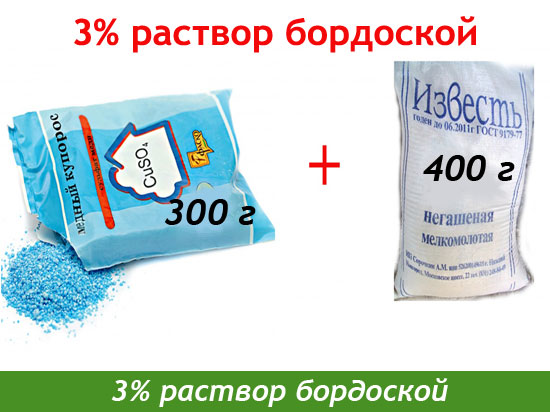
For a 3% Bordeaux solution, you need to take 300 g of copper sulfate and 400 g of lime. In separate plastic containers, vitriol is diluted in 1 liter of water and lime in 9 liters. As soon as the crystals of copper sulfate dissolve, you need to pour a blue solution of copper into the milk of lime (dissolved lime) in a thin stream.
Remember: you need to pour copper sulfate into the lime solution, and not vice versa!
With a solution of Bordeaux 3% concentration, trees must be treated before bud break!
How to prepare 1% Bordeaux liquid solution
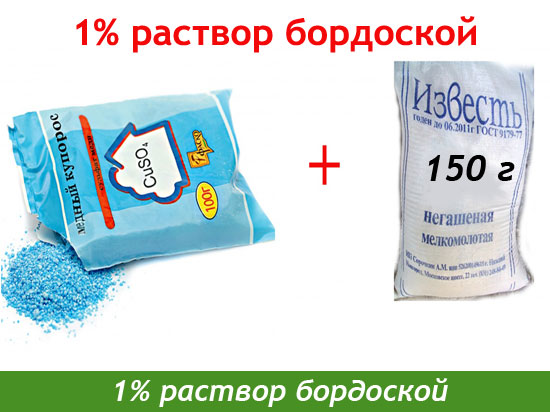
To prepare a 1% Bordeaux solution, you need to take 100 g of copper sulfate and 150 g of lime per 10 liters of water. Copper sulfate dissolved in a separate container and then poured into the milk of lime in a thin stream.
Treatment with 1% Bordeaux solution is carried out during the growing season of plants.
Table for the preparation of Bordeaux solution for different cultures
|
The culture |
Working fluid consumption rate |
Diseases |
Treatment,% solution, interval |
Last processing |
|
|
Apple tree, Pear, |
young trees no more than 2 liters, fruiting up to 10 liters |
scab, leaf spots, moniliosis |
15 days before harvest |
||
|
Currant Strawberry |
up to 1.5 l / bush up to 1l / bush up to 2 l / bush up to 2 l / 10sq.m |
anthracosis, septariosis, rust, leaf spot |
before flowering 3% solution, after flowering - 1% |
1processing with an interval of 10-15 days |
after harvest |
|
no more than 2 liters per 10 square meters |
late blight, macrospariosis, anthracnose, ascochitis, olive spot |
processing during fruit setting, 1% at the first sign of illness |
with an interval of 10-15 days |
8 days before harvest, |
|
|
5 days before harvest |
|||||
|
Melons, |
no more than 1 liter per 10 sq. m |
bacteriosis, anthracnose, peronosporosis |
with an interval of 10-15 days |
20 days before harvest |
|
|
no more than 1 liter per 10 sq. m |
cercospora |
at the first signs of illness 1% |
with an interval of 10-15 days |
15 days before harvest |
|
|
Onions, hops |
|||||







